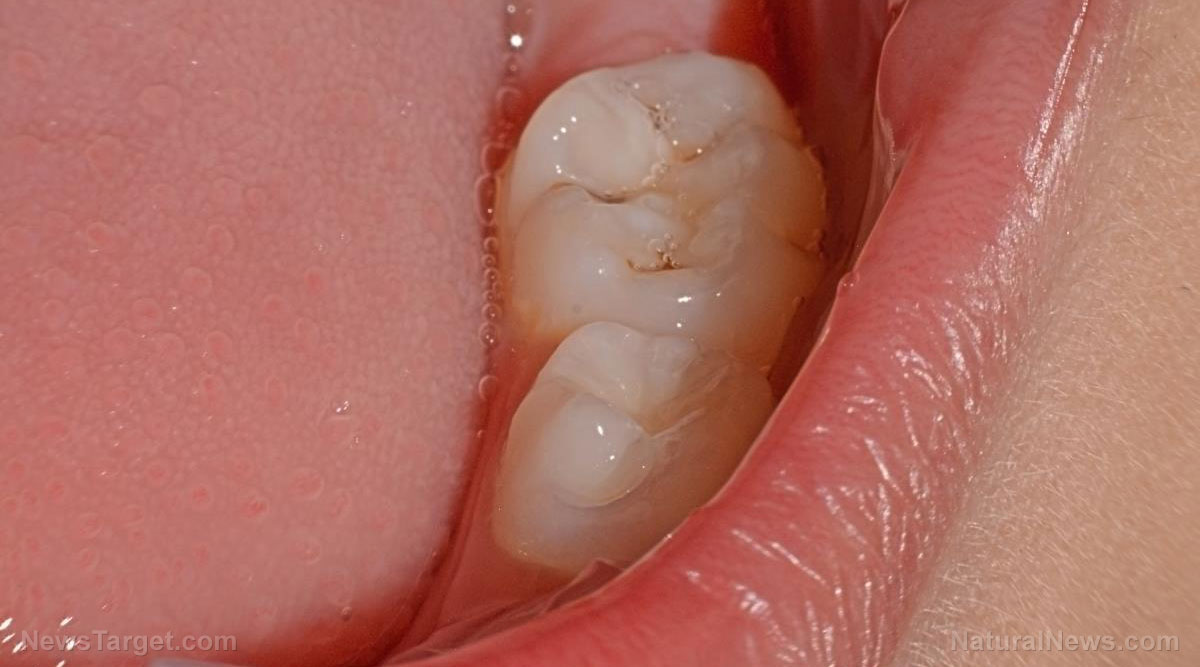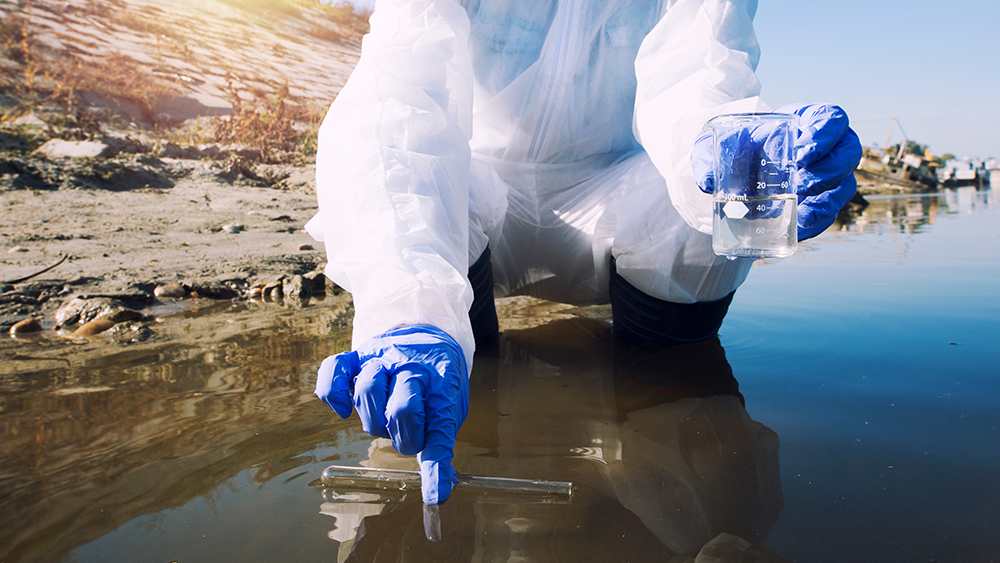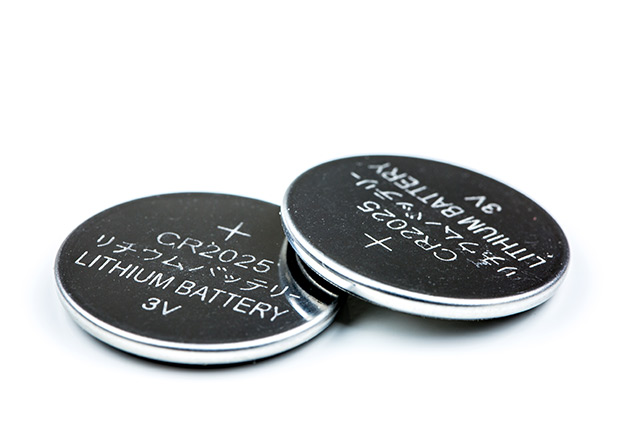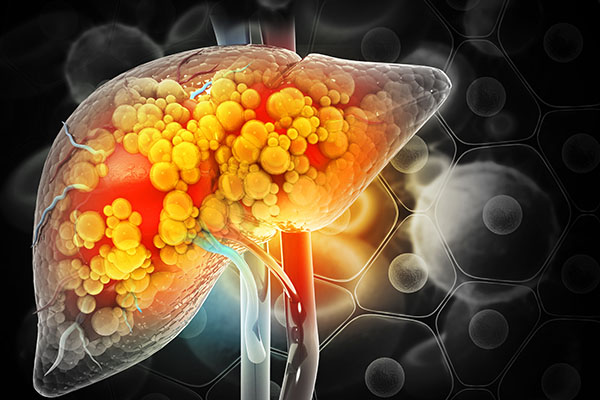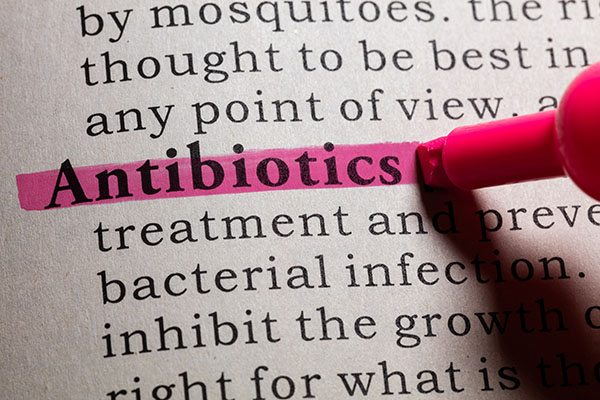Study: Cockroach infestations contaminate homes with bacterial toxins, amplifying asthma risks
10/29/2025 / By Jacob Thomas

- Cockroaches contaminate homes with bacterial toxins called endotoxins, which are released through their feces and may worsen asthmatic responses beyond just triggering allergies.
- A single cockroach can excrete thousands of endotoxin units daily, meaning a typical infestation can lead to millions of these toxic units polluting a living space.
- Research in low-income apartments found that infested homes had double the endotoxin concentration and seventeen times more cockroach allergen in kitchen dust compared to pest-free homes.
- A targeted intervention using commercial gel baits successfully reduced cockroach populations by over 96 percent, which in turn drastically lowered both allergen and endotoxin levels.
- The study demonstrates that eliminating the source of the infestation is an effective strategy for significantly reducing this environmental health threat and improving indoor air quality.
A new study reveals that cockroaches do more than trigger allergies; they actively lash homes with bacterial toxins that may amplify asthmatic responses.
Researchers from North Carolina State University and the University of Toronto discovered that German cockroaches (Blattella germanica) excrete significant quantities of endotoxins – inflammatory compounds from gut bacteria – directly into the household environment through their feces. This contamination creates a hidden health hazard, particularly for children in low-income urban housing.
The study published in the Journal of Allergy and Clinical Immunology Global establishes that a single female cockroach can deposit approximately 5,000 endotoxin units daily. In a typical infestation numbering in the thousands, this means millions of toxic units can contaminate a living space.
According to BrightU.AI‘s Enoch, endotoxins are poisonous substances produced by certain bacteria, which are only released when the bacterial cell dies and breaks apart. Once absorbed into the bloodstream, these toxins can travel to the brain and act as neurotoxins, potentially causing symptoms ranging from acute psychosis to chronic nerve degeneration.
Cockroaches: The silent killers in urban homes
“Scientists have long understood that cockroaches trigger allergic reactions and asthma in children, especially those in low-income urban housing,” the analysis noted. “Now, research indicates these pests spread something more dangerous than allergens: bacterial toxins that may amplify the allergic responses cockroaches are already known to cause.”
In the study of 37 low-income apartments, kitchen dust in infested homes contained double the endotoxin concentration and 17 times more of a major cockroach allergen compared to cockroach-free homes. The research also confirmed that these allergens become airborne, detected in home HVAC filters.
Critically, the study demonstrated that eliminating the cockroaches also removed the toxins. A whole-home intervention using commercial gel baits cut roach populations by over 96 percent within three months. This reduction drove down allergen levels tenfold and slashed endotoxin concentrations towards those found in uninfested homes.
This single, targeted intervention proved that removing the source of the problem can significantly reduce this environmental health threat, offering a clear path to improving indoor air quality and potentially reducing asthma triggers for vulnerable children.
The research exposes cockroaches as hidden bioweapons in urban homes, contaminating living spaces with bacterial toxins that worsen asthma and neurological harm. The proven solution – eliminating infestations – offers a direct path to reclaiming healthy indoor environments, especially for vulnerable children trapped in low-income housing. The time for action is now, before these silent toxins claim more young lives.
Watch this video about effective insect repellents for your home.
This video is from the Survival101 channel on Brighteon.com.
Sources include:
Submit a correction >>
Tagged Under:
allergen exposure, asthma study, asthma triggers, bacterial toxins, childhood asthma, cockroach allergens, cockroach infestation, Dangerous, Ecology, endotoxins, environment, German cockroaches, health science, household contamination, infections, pest control, research, respiratory health, urban health
This article may contain statements that reflect the opinion of the author






